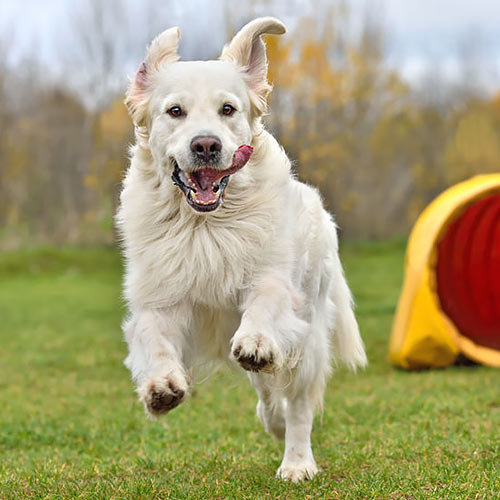So you’ve got a patrol dog that won’t engage a decoy/suspect? Man, is that ever frustrating! What’s up?
A dog’s failure to engage a suspect can cause an unsafe environment for the officers at the scene. Furthermore, the handler then becomes so engrossed with the dog’s poor performance that he loses focus on what else is going on: the suspect’s hand behind his back, the suspect’s back-up waiting in ambush, etc etc. So obviously the issue must be resolved.
The cause behind the problem could be any number of things or a combination of things.
First off, is the dog healthy? Does he have any ear infections or tooth problems? Both of these can cause severe pain when a dog bites down on a suspect. Begin with health in trying to resolve this lack of performance.
Did it happen just once or a number of times? Some dogs have bad days just like humans do. The get-up-and-go got up and went – especially if your patrol dog is older.
Is this a new problem? If the problem just began, then it could be that you have overlooked something in training. Many trainers teach the “out,” a call- off, or other aggression control with a shock collar. We’ve seen where these trainers will zap the daylights out of the dog as soon as the dog approaches the decoy in training. Repeated sessions of this will drain the drive out of many dogs. Mix up the training where the dog gets a bite in between these “zaps.” And always end a patrol training session with a good, solid, full-on, fun bite for the dog.
off, or other aggression control with a shock collar. We’ve seen where these trainers will zap the daylights out of the dog as soon as the dog approaches the decoy in training. Repeated sessions of this will drain the drive out of many dogs. Mix up the training where the dog gets a bite in between these “zaps.” And always end a patrol training session with a good, solid, full-on, fun bite for the dog.
Your dog is one half of a team. The team must trust each other. Does your dog trust you as a handler? Some handlers send a dog in training and then lazily meander down the training field and let the dog fight it out with the decoy on his own. This does need to happen from time to time – but not every time. You’re a team! Get in there and help with the fight. Get your lazy butt down there and take the decoy out!
A common problem with lack of engagement is nerve issues. Some departments try to force a mediocre dog (understandably so, with the amount of money that went into the dog) into a service he/she is unfit for. But it’s better to “wash out” an inferior dog before it endangers your other officers. If nerves are problem, it’ll show up training – if you’re training is true-to-life. Pay attention to problem areas in training as it will creep up in real-world deployments. Deal with it successfully in training before you send your dog on street deployment.
Sit back and take a look at how your dog has performed lately. Have there been any signs that he/she is overly-stressed, isn’t feeling well, or isn’t eating regularly? These could lead you to an answer for the problem.

